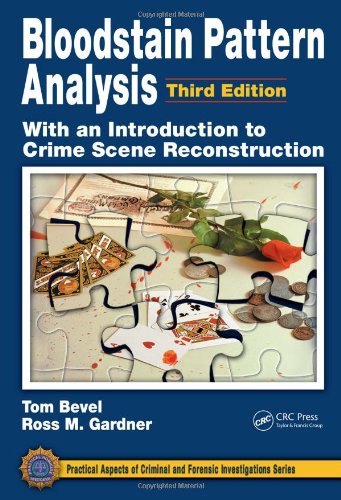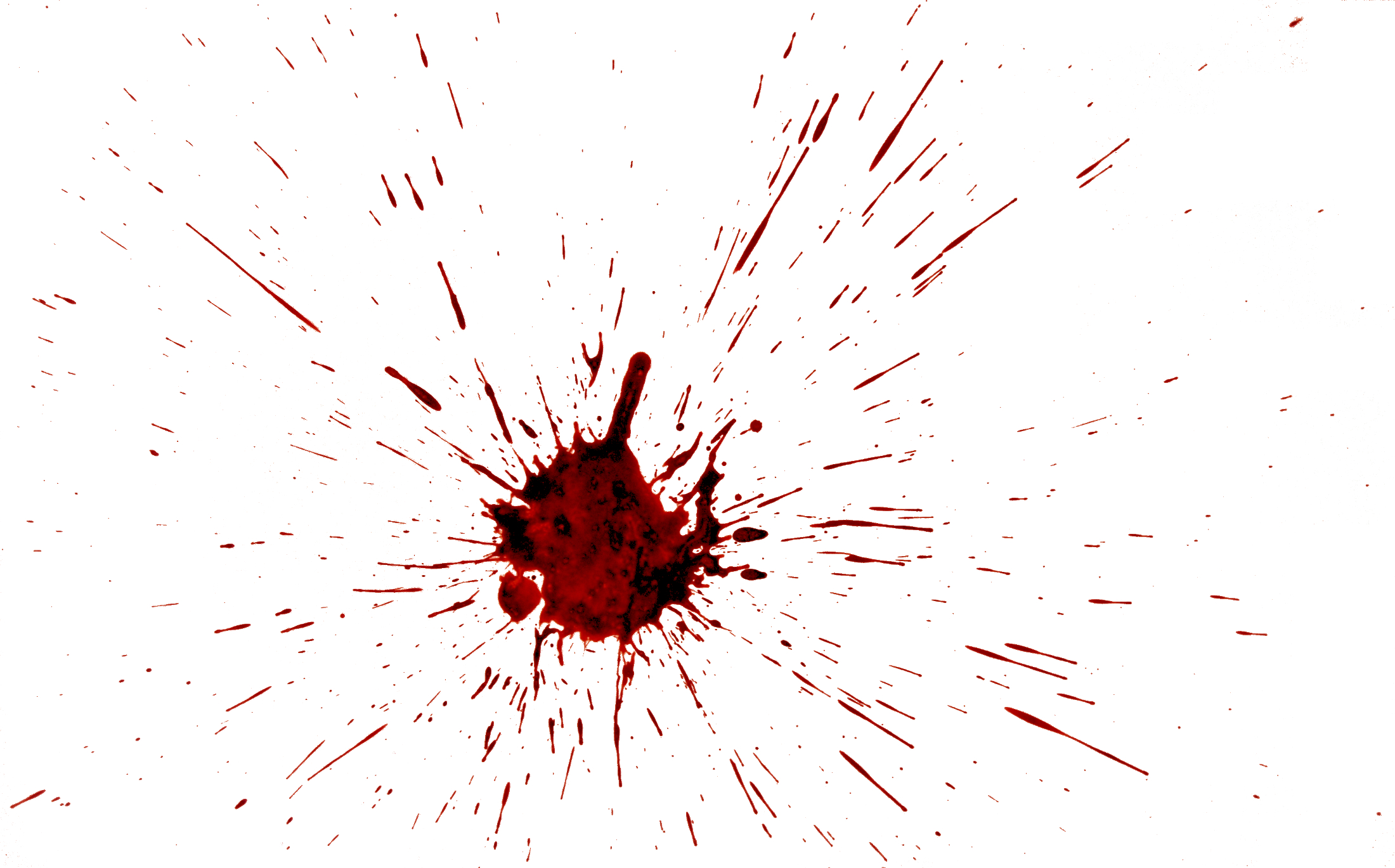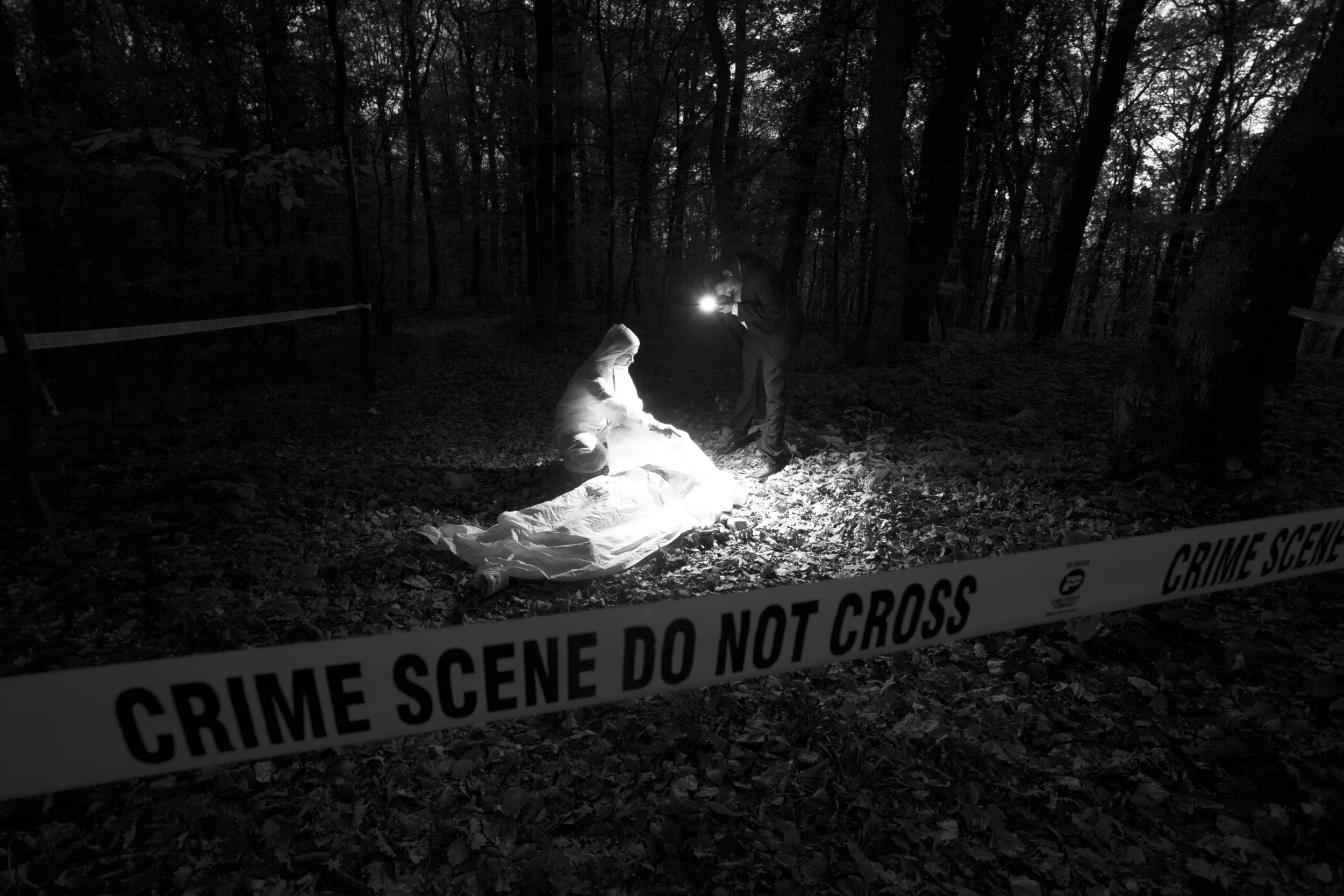The hallmark of the Bevel, Gardner, and Associates Bloodstain Pattern Analysis training program is its reliance on articulated physical characteristics for each of the various patterns. These characteristics (taxon), when present allow the analyst to know with certainty the nature of the general mechanism that created the pattern. This system of classification, known as the Taxonomic Classification system was first described in the 3rd Edition of our book Bloodstain Pattern Analysis: With an Introduction to Crime Scene Reconstruction. Why does bloodstain pattern analysis (BPA) require such a classification system?
Science is the observation, experimental investigation and theoretical explanation of a given phenomena. A BPA analyst is concerned with a specific form of phenomena - bloodletting phenomena. Any conclusion (which is a theoretical explanation of “how” a particular bloodstain came to be in the crime scene) requires understanding first the general mechanism that produced it and then considering that mechanism within the unique scene context as found, or as Haag described it - it’s “limited universe”. It is only after consideration of the kind of pattern present, where the pattern is and this unique scene context that any viable explanation of the stain is possible. But comparative science demands criteria for comparison; known conditions/characteristics that a given unknown sample can be compared against. Astronomers classify stars based on temperature, luminosity, chemical composition and size. Chemists classify matter based on the specific atoms found within. Biologists classify animals using specific physical characteristics. If it is science, then unknowns are compared against specific known properties. Anything less is a guess and highly subjective.
Bloodstain pattern analysts routinely describe their effort by stating they can define the nature of the creation mechanism based on the number, dispersion, shape and size of the bloodstains present. That statement is very true and is the theoretical foundation of the discipline. The theory of Bloodstain Pattern Analysis is that blood as a fluid responds to forces in a predictable manner. What are these forces/mechanisms? These forces/mechanisms are not crime scene based. One cannot look at the pattern alone (without context) and define whether it was created by a knife being swung, a gunshot, or a victim being struck by a 2X4. What the pattern tells us is the nature of the general manner of disruption of the blood mass. The basic mechanisms we can differentiate in BPA include:
Blood dispersed from a point source. (Impact spatter, Expiration, Mist)
Blood dispersed from an object in motion. (Cast-off)
Blood dispersed in streaming ejections. (Spurts and Gushes)
Blood dispersed by gravity alone. (Drip, Drip Trails, Blood into Blood)
Accumulations of blood. (Pools, Saturations, Flows)
Blood dispersed by contact. (Smears, Wipes, Swipes and Pattern Transfers)
Within each of these general mechanisms there are characteristics that may allow further differentiation of that particular mechanism. For example finding vacuoles or mucous strands may allow the analyst to recognize that a radiating spatter pattern is in fact associated to some action in which blood was dispersed from an airway.
Once the analyst understands this general mechanism, then within the given scene context they evaluate viable source events that were occurring in that scene. There may be several possible source events. For example an impact pattern might be associated with a gunshot wound, a blunt force wound or even breathing by the victim. Lacking some of the more defined characteristics for Mist or Expiration, there may be no way for the analyst to exclude any of these as potential source events.












